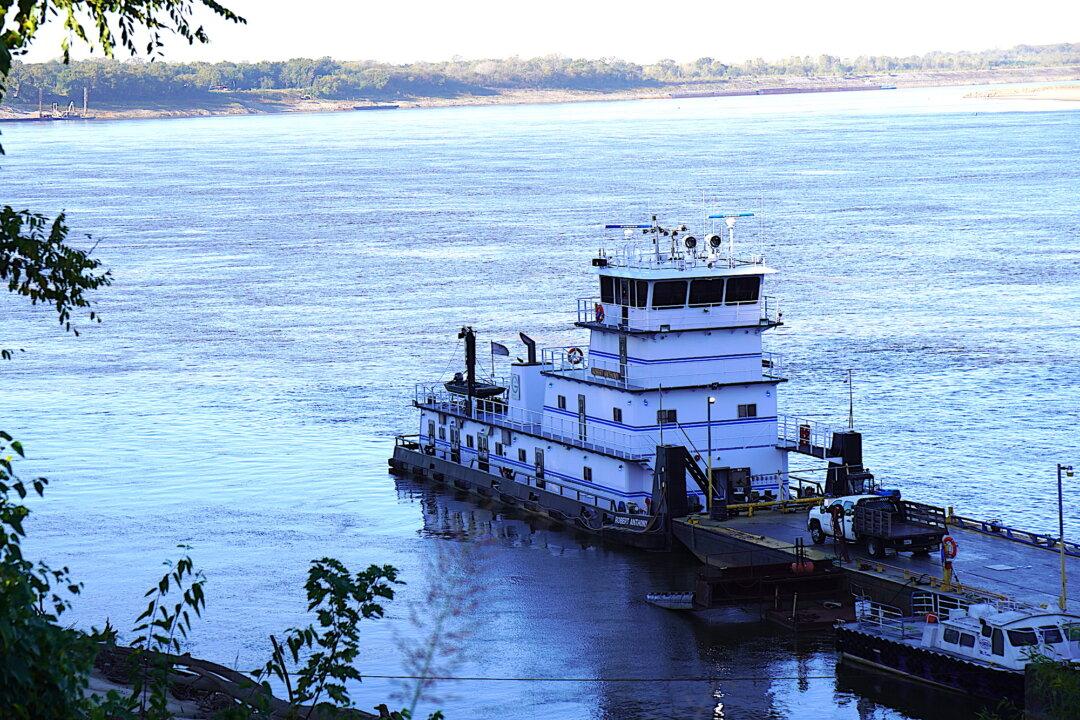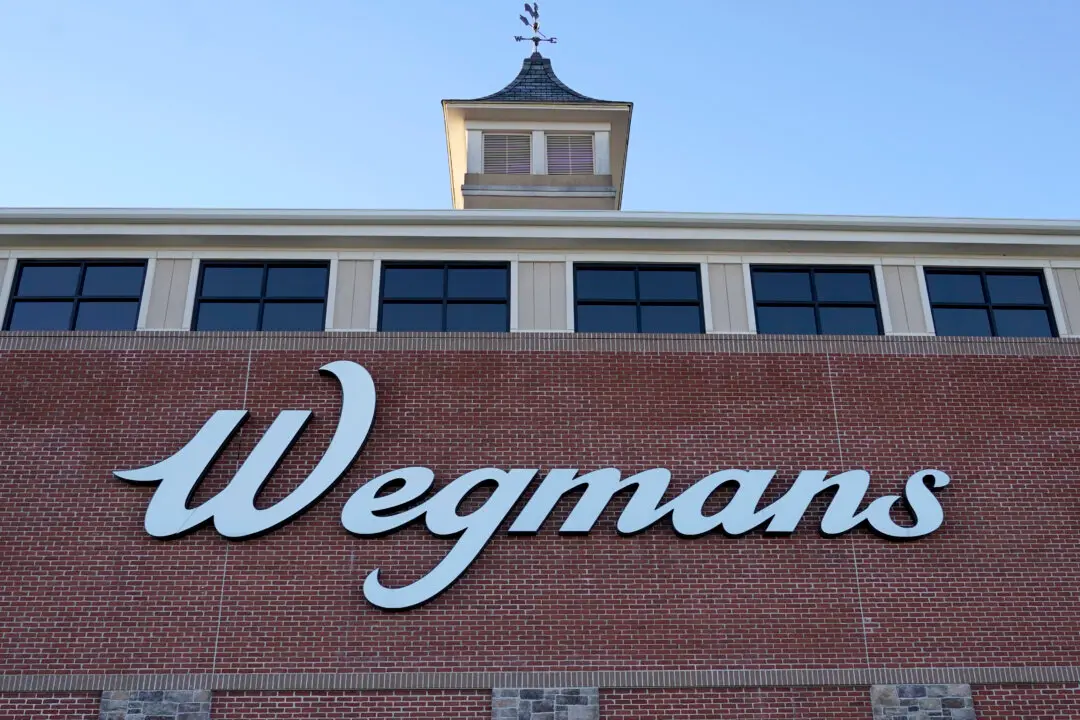A mass of saltwater from the Gulf of Mexico is forcing its way up the drought-stricken Mississippi River, threatening drinking water supplies for some 900,000 Louisiana residents and leaving officials scrambling to mitigate the effects of the intrusion.
“This is a very challenging situation, where salt water is intruding upstream,” Louisiana Gov. John Bel Edwards said at a Sept. 22 press conference alongside state and local leaders, emergency officials, and representatives of the U.S. Army Corps of Engineers.





